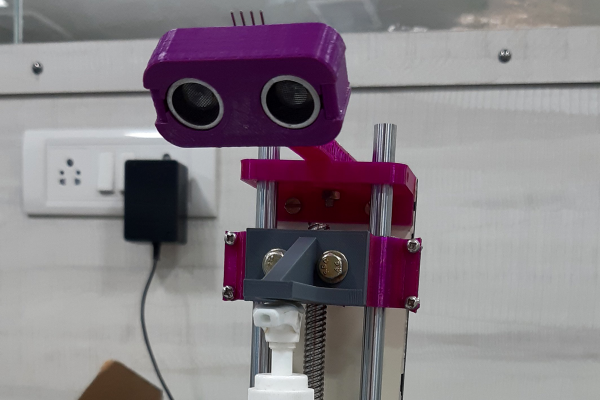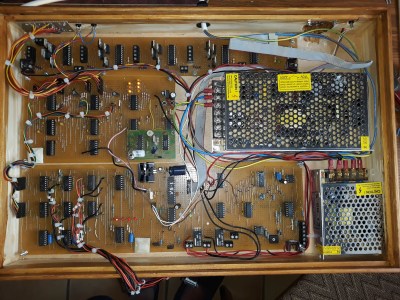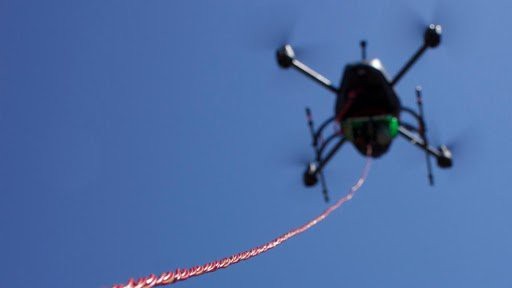There’s more than one way to light up a strip of LEDs. Have you tried building your own hydroelectric power plant to do it? Well, now you can. Replicating [Matic Markovič]’s entry into the 2020 Hackaday Prize is bound to teach you something, if not many things, about the way hydroelectric power is generated and the way the variables play into it.
In [Matic]’s model, water from an adjustable-height reservoir flows into a 3D-printed Pelton turbine. The water jet hits the turbine’s cupped fins at a 90° angle, causing the assembly to spin around rapidly. This mechanical energy charges a brushless DC motor that’s connected to an Arduino Nano, which rectifies the AC from the generator and uses it to light up an RGB strip like an equalizer display that represents the power being generated.
This is easily one of the coolest educational displays we’ve ever seen. The reservoir can move up and down over a 55 cm (21.6″) range with the flick of a three-way toggle, which makes it easy to see that the higher the reservoir, the more power is generated. [Matic] has the STLs and INOs in the usual places if you want to make your own. Flow past the break for a demonstration, followed by an exploded render that gets put back together by invisible hands.
Your hydroelectric setup doesn’t need to be fancy, it just needs to work. One man’s trash can be another man’s off-grid phone charger.
Continue reading “Model Hydroelectric Plant Is An Illuminating Educational Tool”























